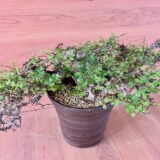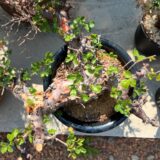- Your cart is empty
- Continue shopping
Shop
Alluaudia comosa
$150.00
Discover the unique benefits of A comosa, a rare desert plant known for its healing properties and skincare potential. Explore our sustainable products and natural wellness insights.
Add to cart
Buy Now
Alluaudia comosa
Alluaudia comosa: The Rare Jewel of the Desert Landscape
Introduction to Alluaudia comosa
Alluaudia comosa is a rare and fascinating species of succulent plant that thrives in some of the harshest climates on Earth. Native to Madagascar, this striking desert plant belongs to the Didiereaceae family, a group of spiny, drought-resistant plants known for their incredible resilience and unique appearance. Facebook group :With its elegant vertical structure and distinct adaptive features, A comosa stands out as both a botanical curiosity and a plant of potential ecological and commercial significance.Shop here:caudexplants.com
In recent years, the demand for drought-tolerant and climate-resilient plants has grown rapidly, and Alluaudia comosa is quickly gaining recognition not just for its beauty, but also for its sustainability. This article explores everything you need to know about this remarkable plant—from its botanical traits to its uses in landscaping, skincare, and conservation efforts—all optimized to highlight the keyword A comosa throughout.
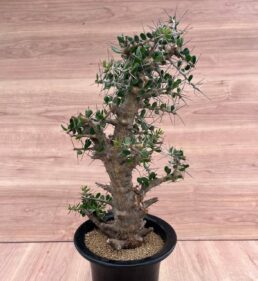
Botanical Overview
A comosa is a succulent shrub or small tree that can grow up to 4 meters in height. It features upright, columnar stems covered with short spines and arranged in symmetrical whorls. The plant’s stems are segmented and capable of storing large amounts of water, allowing it to survive in extremely dry environments.
The foliage of A comosa is small, rounded, and deciduous. Leaves emerge during the wet season and fall off during periods of drought to conserve water. The plant also features tiny yellow-green flowers that bloom sporadically, usually in response to rainfall or seasonal changes.
One of the most defining characteristics of A comosa is its adaptation to its native habitat. Its physical structure is not only visually striking but serves a vital role in water conservation and defense against herbivores. The spines discourage grazing, while the stem acts as a reservoir during
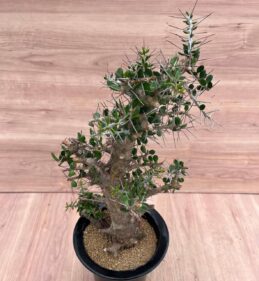
droughtshere:Shop here caudexplants.com
Natural Habitat and Geographic Range
comosa is endemic to southern Madagascar, particularly in the spiny forest regions of the island. These areas are known for their unique flora and fauna, much of which exists nowhere else in the world. The plant thrives in arid and semi-arid conditions where rainfall is minimal and the soil is often sandy, rocky, or nutrient-poor.
Its natural habitat includes dry scrublands, deciduous thorn forests, and limestone outcrops. The intense heat and low humidity of these environments have shaped A comosa into a true survivor, capable of growing in conditions that would be fatal to most other plant species.
The isolation of Madagascar has allowed A comosa to evolve without much external competition. However, this also means that its native habitat is incredibly delicate and prone to disturbance from human activity, deforestation, and climate change :Shop here caudexplants.com
Adaptive Features and Survival Strategies
A comosa showcases a range of survival adaptations that make it an excellent example of evolutionary resilience. Its spiny structure protects it from grazing animals, while its thick, water-storing stems allow it to endure months without rainfall.
The plant exhibits a form of crassulacean acid metabolism (CAM), a photosynthetic adaptation that allows it to minimize water loss by opening its stomata at night rather than during the day. This method of gas exchange greatly reduces the risk of dehydration :Shop here caudexplants.com
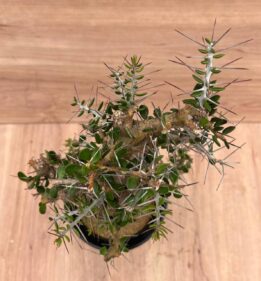
Additionally, its minimal leaf surface area and the seasonal shedding of leaves help the plant further conserve moisture. These adaptations enable Alluaudia comosa to thrive in extreme drought conditions, making it an ideal plant for xeriscaping and other sustainable landscaping applications.

